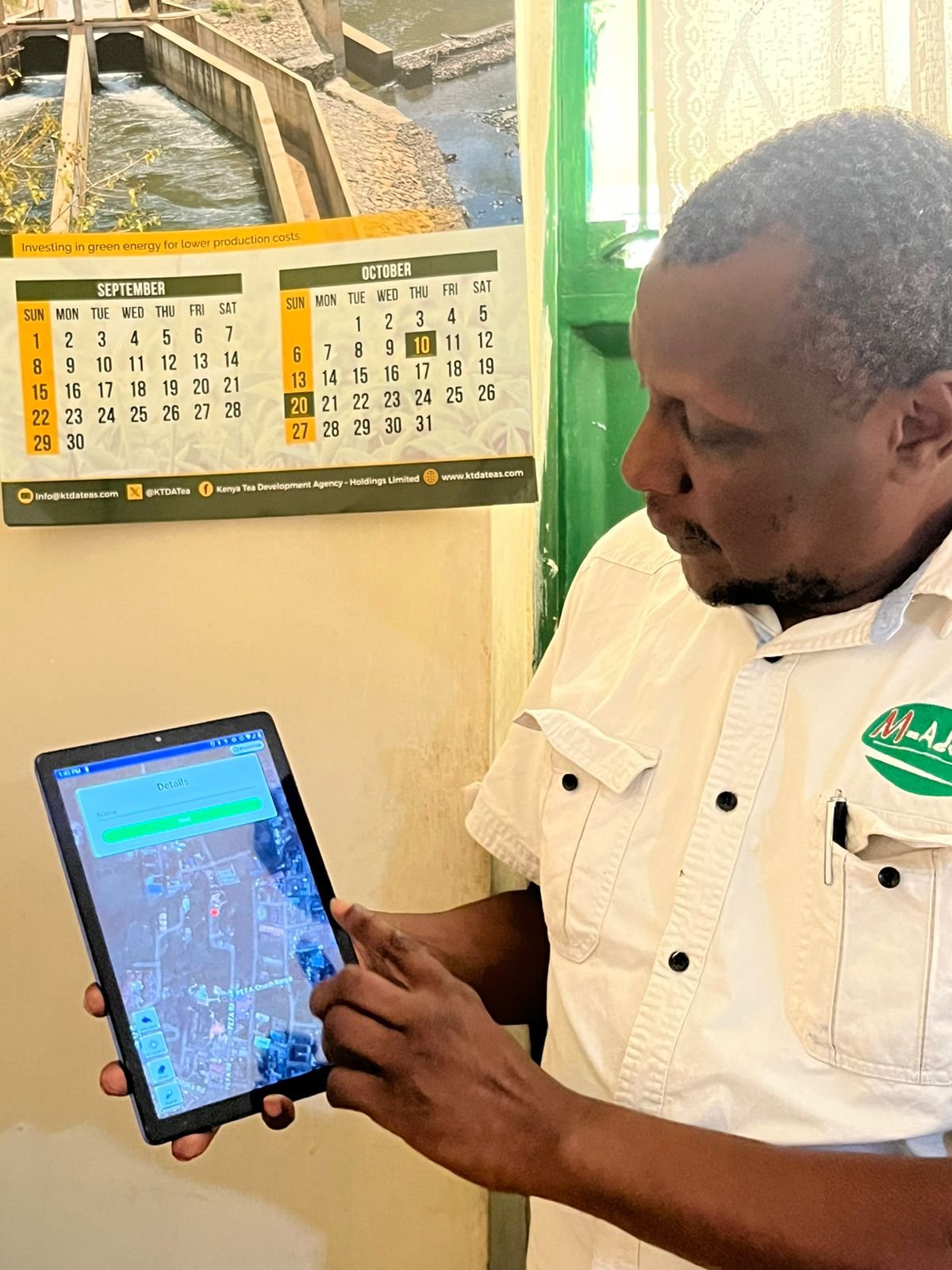How AI and IoT are unlocking jobs for Kenyan youth
By Zablon Oyugi
Each year, middle and higher learning institutions in Kenya churn out young graduates into the ever-shrinking job market, adding to the crisis of youth unemployment – one of the greatest challenges currently facing the nation.
According to a 2018 study on Employment Distribution of Youth Graduates Across Economic Sectors in Kenya, by Dickson Khainga and Juliana Mbithi for the Kenya Institute for Public Policy Research and Analysis (KIPPRA), up to 155,000 youth join the labour market annually after completing training in Technical and Vocational and Education Training (TVET), or at universities.
The question, however, is ‘Where do these youth go?’
While currently the government, through the Ministry of Labour and Social Protection, is working to find job opportunities for young people overseas, the majority who fail to secure such chances flock to urban centres to find something to do.
This youthful rural-urban migration has left a huge gap in remote areas where agriculture is practised most by an ageing population that is limited to technological advancements in the sector. However, due to the increasing adoption of technology in crop and animal production in Kenya and many other African nations, long gone are the days when the youth used to say farming isn’t a ‘cool’ job.
“Today, we have a lot of farming practices which are operated digitally through the help of Artificial Intelligence (AI) and the Internet of Things (IoT), and this offers a lot of decent job opportunities for young graduates,” says Oliver Ndegwa, CEO of Mobile Advisory Global Networks, who is also passionate about leveraging technology to improve agricultural productivity and empower youth through innovative solutions.
He talks, for instance, about Sat2Farm application, a digital platform he has participated in designing and which connects farmers with critical agricultural services, including agronomy, extension services, and market access.
The platform utilizes satellite and IoT technologies to provide real-time data, insights, and recommendations for optimising farm management and improving productivity. This helps farmers make informed decisions as it provides weather forecasts, soil health information, and pest management advice.
Developed in India and introduced to Kenya in 2022, Sat2Farm has been of great help to farmers, enabling them to increase their yields.
Creating jobs
According to Ndegwa, his company, in partnership with Polk Africa and Farm Advance, is looking for
willing young graduates who can work as extension service providers to the farmers. “We target educated youth from both middle and higher learning institutions. Our goal is to provide opportunities for young people who have a background in agriculture, ICT, or related fields, empowering them to become digital agronomists, data analysts, or service providers through the Sat2Farm platform,” he notes.
The requirements for the youth include a basic understanding of agriculture and technology, a willingness to learn, and access to a smartphone or computer. “Interested youth can sign up through our platform or attend training sessions that we offer in partnership with local institutions. We also provide other resources to get them started,” says Ndegwa.
Currently, Mobile Advisory Global Networks is looking at onboarding at least 5,000 youth this year from key agricultural regions in Kenya, including Rift Valley, Central Kenya, and parts of Western, Eastern and Nyanza regions, but with an aim to expand to other African countries in the near future.

Engagement business model
The model fosters collaboration with service providers, such as agronomists and trainers, who share their expertise via the platform. The youth act as intermediaries, delivering these services to farmers.
“This arrangement allows the youth to earn an income while enabling farmers to access improved agricultural practices for better productivity,” notes Ndegwa.
Farmers can subscribe to basic services, including soil, irrigation, and pest control advisories, for Sh2,500 per acre annually. Premium services, such as advanced soil testing or tailored agronomy visits, are offered separately, ranging from Ksh1,000 to Ksh 5,000 per service, based on the complexity.
The youth earn a 15 percent commission on subscriptions and additional services that they facilitate. For example, a subscription at Ksh2,500 earns the youth Ksh 375 per acre annually, with potential extra commissions for premium services; encouraging active participation and fair compensation.
The platform also thrives on partnerships with the Kenya Agricultural and Livestock Research Organisation (KALRO), seed companies, and pest control firms, combining expertise and resources to benefit all stakeholders.
As KALRO supplies research-backed insights to ensure farmers receive validated solutions, seed companies showcase their products directly to farmers, increasing adoption and educating them on crop-specific practices, while pest control firms provide sustainable pest management solutions.
“This ensures farmers access affordable advisory services, youth earn commission-based income, and partners engage directly with targeted farmer communities,” notes Ndegwa.
Rural challenges
Ndegwa says rural challenges, like limited smartphone access, poor internet connectivity, and resistance to digital tools, have been great hindrances to AI and IoT adoption in agriculture. “To overcome these, we have been partnering with telecoms such as the use of Starlink satellite internet connectivity and BPO modules call centers in remote regions to offer affordable connectivity, and training programmes to raise awareness and promote adoption.”
He adds that the future of these technologies is transformative, providing real-time data for decision-making, automating processes, and enabling precision farming.
“This approach optimizes resource use, boosts yields, and reduces environmental impacts, fostering sustainable and efficient agricultural systems while addressing challenges of crop health, water use, and soil management with accuracy.”



